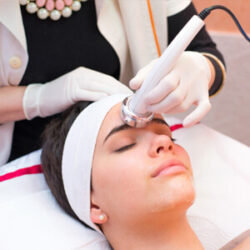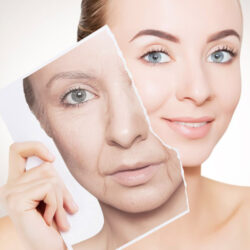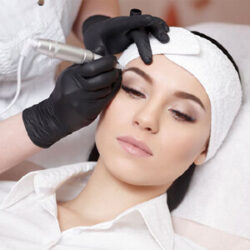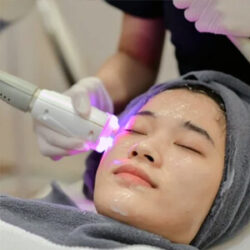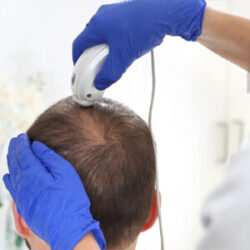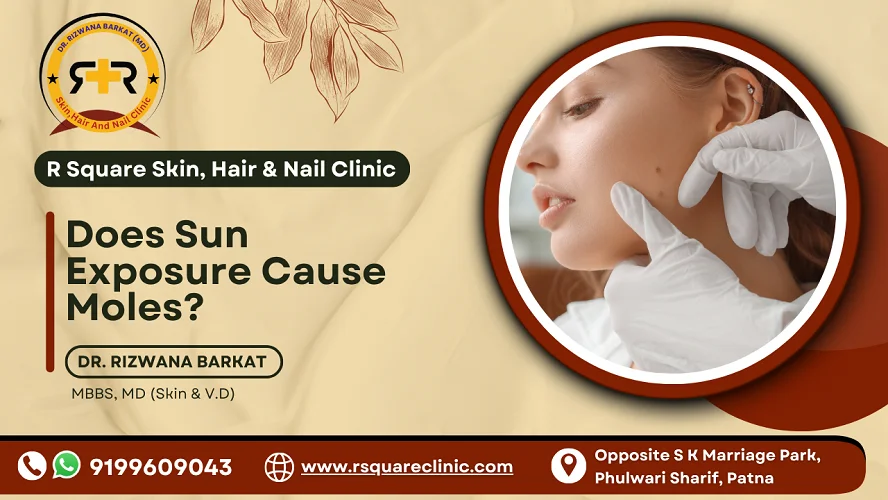The relationship between sun exposure and skin changes has long been a concern of priority for dermatologists and health-conscious individuals alike. The development of moles stands out as a significant skin alteration that draws particular attention.
The appearance of new skin spots following sun exposure causes people to wonder whether UV exposure triggers mole formation. The understanding of this relationship will help you decide about sun protection measures while identifying concerning skin changes on time.
The following detailed analysis investigates scientific evidence behind the occurrence of sun exposure moles and offers necessary advice for skin protection.
Does Sun Exposure Cause Moles?

Medical science identifies moles as melanocytic nevi which develop when melanocytes cluster together in the skin. Melanocytes usually distribute uniformly throughout the skin to produce melanin which determines the colour of skin and also protects against UV radiation. However, the aggregation of melanocytes results in the formation of dark spots which we identify as moles.
It’s important to note here that people naturally develop moles as part of the normal cell development and due to genetic factors during their childhood and adolescence.
Various medical studies have evaluated the role ultraviolet radiation plays in adverse changes on the skin, and mole related changes is one of them.
Excessive UV exposure can lead to new mole formation primarily in people with fair skin. DNA damage in skin cells from UV radiation can lead to abnormal growth patterns and cellular changes. Scientific evidence also demonstrates that ultraviolet radiation from sun exposure can cause changes in the Melanocytic Nevi. This observation was published in Clinical and Experimental Dermatology.
Moreover, a study published in the Annals of Epidemiology has shown that children with higher sun exposure—and especially those who experienced sunburn—had significantly more nevi. Thus, emphasizing the effects of cumulative sun exposure on the prevalence of common acquired nevi.
However, it’s important to note that sun exposure doesn’t create moles from nothing – rather, it can activate dormant melanocytes or cause existing precursor cells to develop into visible moles.
Sun Exposure Impact
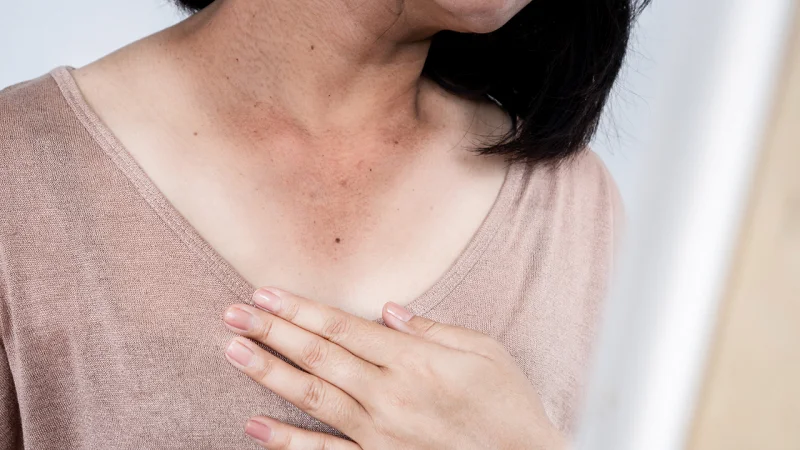
The level and strength of sun exposure determines both the formation of moles and their visual appearance. The relationship between mole formation and UV radiation shows a stronger connection to brief intense sun exposure compared to continuous moderate exposure. The observed pattern indicates that sudden bursts of high UV radiation is particularly damaging to skin cells.
Moreover, sun exposure can lead to mole development at a higher rate for people with fair skin and those who were exposed to the sun or had sunburn at a young age.
People who live in high UV index locations and do not take the necessary protective measures also face a higher risk. People who got severe sunburns during their childhood tend to develop more moles later in life.
Sun exposure during specific times between 10 AM and 4 PM produces the most harmful effects on skin changes because UV radiation reaches its peak strength during these hours.
What causes moles to suddenly appear on face and other sun-exposed skin areas is often the combination of this UV radiation damage combined with individual genetic predisposition.
Health Risks
The health risks associated with moles developed due to sun exposure extend beyond cosmetic concerns. The majority of moles remain benign throughout a person’s lifetime yet UV exposure-related moles might carry an increased potential to develop into melanoma which is the most dangerous form of skin cancer.
People who develop atypical or dysplastic moles face a heightened risk of melanoma. Cancerous moles usually have irregular borders, asymmetrical appearance, and different colour patterns.
People who develop many moles from sun exposure face higher probabilities of developing melanoma because the same UV damage that forms moles can also trigger malignant changes in skin cells. The need for routine dermatological check-ups increases among people who have multiple moles and also spend time in sun exposed areas.
People who want to evaluate their moles or undergo mole removal treatment in Patna can access modern diagnostic methods and treatment procedures at R Square Clinic.
The detection of suspicious moles followed by proper treatment helps avoid future complications and severe health issues while resulting in the best possible results for patients with sun-damaged skin.
Prevention

The prevention of sun-induced mole development requires ongoing UV protection starting at an early age which should persist through adulthood. One of the most important steps in that regard is using broad-spectrum sunscreen with at least SPF 30 as well as regular reapplications every two hours or after swimming and sweating.
Avoiding exposure to harmful UV radiation also depends on physical protection measures. The combination of protective clothing, wide-brimmed hats, and UV-blocking sunglasses functions as an effective method to block out dangerous sun rays.
Furthermore, the risk of mole development also decreases when people choose to stay in shade during peak UV hours while avoiding all forms of tanning, whether through tanning beds or outdoor sun bathing.
Note that moles, once formed, usually do not go away. The majority of moles remain permanent after their formation, so prevention stands as the best approach to manage sun-induced moles.
You should also take steps to self-examine your skin for new moles or changes in the existing moles. This will help detect the skin changes that warrant medical intervention. For professional assistance, you can also seek care at the best dermatology clinic in Patna for diagnosis of the existing moles.
Schedule Your Mole Check Today
Sun exposure can lead to new mole formation through UV-induced changes in melanocytes. While genetic factors strongly influence mole development, environmental factors like sun exposure can also activate dormant cells and trigger visible mole formation.
Thus, taking precautionary steps for skin protection from UV rays is vital. Also, equally important is understanding how to remove moles safely by taking professional assistance from a dermatologist.
Managing the occurrence of sun exposure moles requires a combination of routine sun protection practices with regular skin monitoring for early detection. People who have concerns about their existing moles or wanting to get rid of sun-induced moles can visit Dr. Rizwana Barkat (MBBS, MD Skin & V.D) for precise diagnosis followed by suitable treatment plans.
Seek an appointment now at R Square Skin, Hair & Nail Clinic for professional mole evaluation by Dr. Barkat. We offer specialized services for mole assessment and removal procedures together with ongoing skin health monitoring, ensuring each of our patients get superior dermatological care.

